
Pablo Picasso Painting Reproductions 3 of 3
1881-1973
Spanish Painter
58 Picasso Paintings
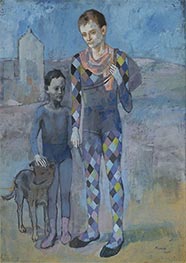
Two Acrobats with a Dog 1905
Oil Painting
$1165
$1165
Canvas Print
$66.02
$66.02
SKU: PPR-17135
Pablo Picasso
Original Size: 105.5 x 75 cm
Museum of Modern Art, New York, USA
Pablo Picasso
Original Size: 105.5 x 75 cm
Museum of Modern Art, New York, USA
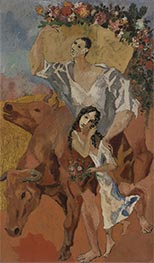
Composition: The Peasants 1906
Oil Painting
$1459
$1459
Canvas Print
$61.75
$61.75
SKU: PPR-17293
Pablo Picasso
Original Size: 221 x 131.4 cm
Barnes Foundation, Merion, USA
Pablo Picasso
Original Size: 221 x 131.4 cm
Barnes Foundation, Merion, USA
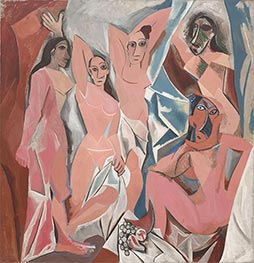
Les Demoiselles d’Avignon 1907
Oil Painting
$1956
$1956
Canvas Print
$90.35
$90.35
SKU: PPR-17710
Pablo Picasso
Original Size: 244 x 233.7 cm
Museum of Modern Art, New York, USA
Pablo Picasso
Original Size: 244 x 233.7 cm
Museum of Modern Art, New York, USA
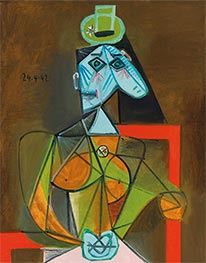
Woman in an Armchair (Dora Maar) 1942
Oil Painting
$783
$783
Canvas Print
$73.34
$73.34
SKU: PPR-17991
Pablo Picasso
Original Size: 92 x 73 cm
Private Collection
Pablo Picasso
Original Size: 92 x 73 cm
Private Collection
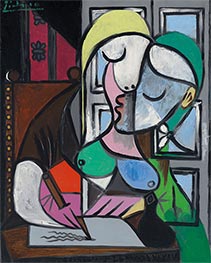
Writing Woman (Marie-Therese) 1934
Oil Painting
$795
$795
Canvas Print
$74.87
$74.87
SKU: PPR-17992
Pablo Picasso
Original Size: 81 x 64.7 cm
Private Collection
Pablo Picasso
Original Size: 81 x 64.7 cm
Private Collection
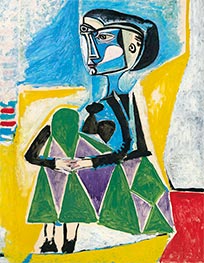
Crouching Woman (Jacqueline) 1954
Oil Painting
$860
$860
Canvas Print
$72.66
$72.66
SKU: PPR-17993
Pablo Picasso
Original Size: 146 x 114 cm
Private Collection
Pablo Picasso
Original Size: 146 x 114 cm
Private Collection
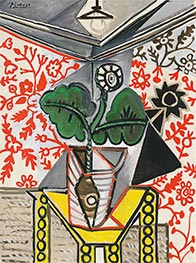
Interior with Flowerpot 1953
Oil Painting
$819
$819
Canvas Print
$69.60
$69.60
SKU: PPR-17994
Pablo Picasso
Original Size: 130 x 96.8 cm
Private Collection
Pablo Picasso
Original Size: 130 x 96.8 cm
Private Collection
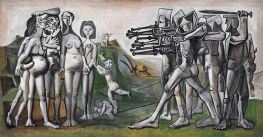
Massacre in Korea 1951
Oil Painting
$1498
$1498
Canvas Print
$61.75
$61.75
SKU: PPR-19312
Pablo Picasso
Original Size: 110 x 210 cm
Musee National Picasso, Paris, France
Pablo Picasso
Original Size: 110 x 210 cm
Musee National Picasso, Paris, France
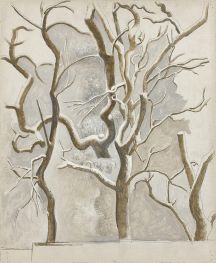
Snow Landscape, Paris c.1924/25
Oil Painting
$652
$652
Canvas Print
$77.09
$77.09
SKU: PPR-19532
Pablo Picasso
Original Size: 61 x 50 cm
Public Collection
Pablo Picasso
Original Size: 61 x 50 cm
Public Collection
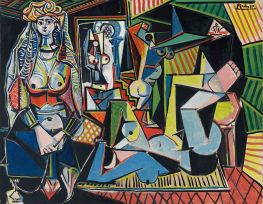
Women of Algiers (Version O) 1955
Oil Painting
$1481
$1481
Canvas Print
$72.66
$72.66
SKU: PPR-19670
Pablo Picasso
Original Size: 114 x 146.4 cm
Private Collection
Pablo Picasso
Original Size: 114 x 146.4 cm
Private Collection